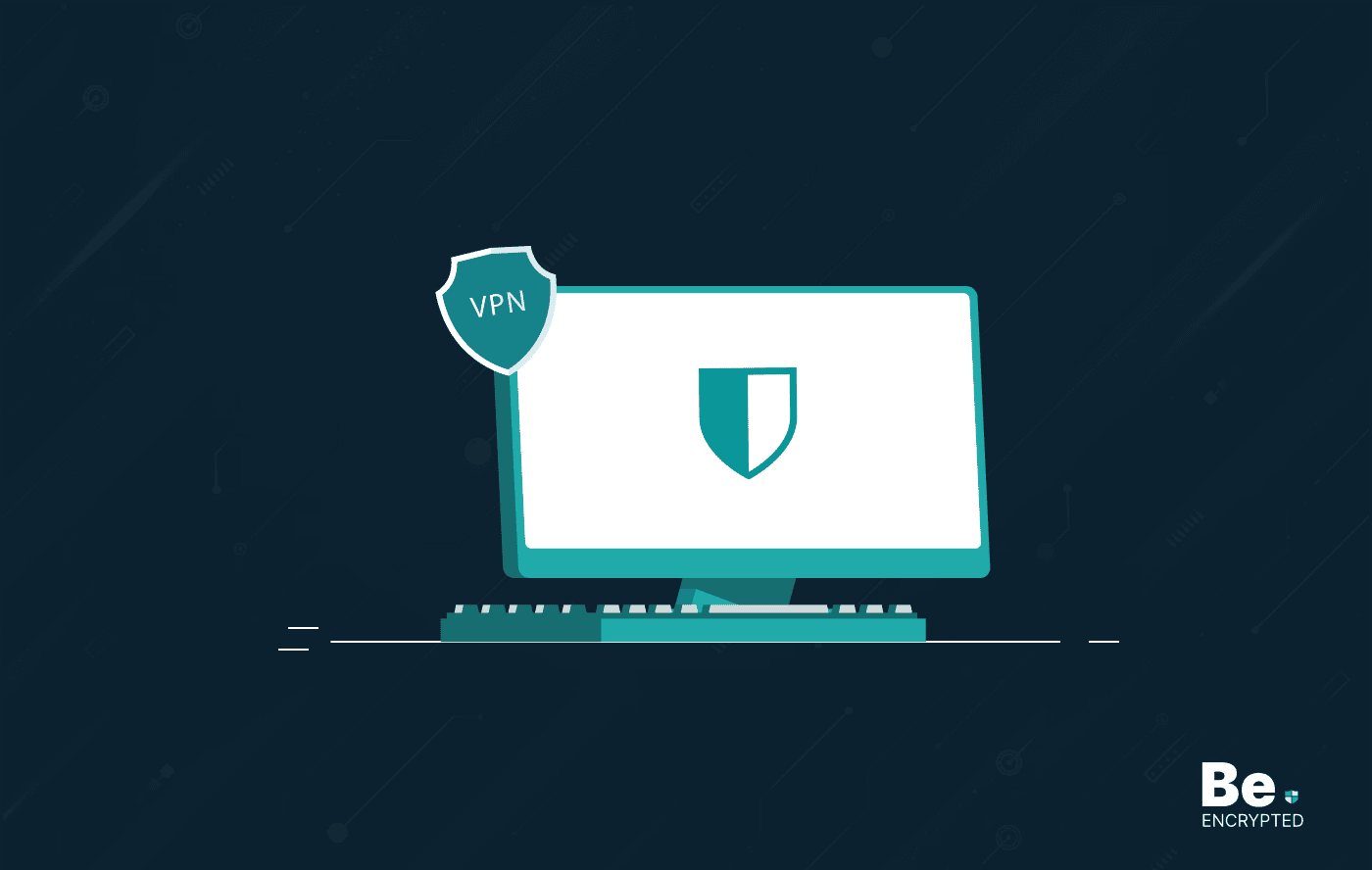Social engineering is generally used for various malicious activities accomplished by human interactions. It uses the technique of psychological manipulation to trick users from making security mistakes or even giving away sensitive information.
The technique involves divulging information or taking action through technology. The fundamental purpose is to exploit a victim’s natural propensities and emotional reactions.
Social engineering attacks often involve more than one step. The culprit or hacker first investigates the intended victim to collect the required background information, such as possible entry points and weak security protocols, to proceed with the attack.
After this, the culprit makes another move to achieve the victim’s trust and give stimuli for following actions, which often break security practices, like revealing complex information or providing access to some critical resources.
Types of social engineering techniques
There are different types of social engineering. All these attacks occur everywhere where human interactions take place. Following mentioned below are the most common types of these attacks:
Baiting
It is a type of social engineering that depends upon a victim taking the lure. The person dangling the bait wants to lure the target into taking action. The most hated form of baiting often uses physical media to spread the malware.
In the real world, baiting is like the Trojan Horse, which uses physical media and depends on the curiosity and greediness of the victim. It is somehow similar to phishing attacks. The only thing that makes it different from other social engineering attacks is its promise of an item or any good that the culprits/ attackers use to lure the targeted person. The baiters bid users free music, movies, or any downloaded site if they submit their login identifications to a specific site.
Example:
The attacker may leave a USB loaded with malware where it is easily visible to the victim. Moreover, the attacker might also label it in an attractive or luring way, like “for office use only” or “Confidential.” The victim attracted to the bait will surely pick it up and plug it into its system to see what it is. In this way, the malware will automatically be injected into the victim’s system.
Phishing
Phishing is a way to obtain information from an unknown and unaware victim. Despite its notoriety, it remains successful. In phishing, the culprit often sends an email or text to the target to seek information that might help with a more noteworthy crime.
Example:
Suppose an imposter sends emails that appear to come from a source the targeted person trusts the most. The source can be a bank asking email receivers to click on a link to log into their accounts. People get fooled easily after clicking on a link to a fake website. If they log in at the phony site, they very quickly provide all of their login credentials and access to their bank account.
Spear phishing is yet another prevalent type of phishing. In this form, the culprit tries to target a specific person. The attacker might trace down a company’s name or email and then send emails to the targeted person. The emails will appear to come from a top-level company executive. Once the victim clicks on the email and enters some information, he/she will lose his/her credentials or other important data.
Email hacking
People usually pay attention to messages from people they often know. Many criminals exploit this by capturing email accounts and spamming account contact lists.
Example:
For instance, if you receive an email from your friend with the subject ‘’Check this site; it’s cool’’, you won’t think twice before opening it and will open it casually. By taking someone else’s email account, an imposter can easily make those on the contact list, and they believe they receive an email from someone they know. The fundamental objective of this act is to spread malware and trick people out of their data.
Pretexting
Pretexting means using attractive grounds, causes, or ploys to capture someone’s attention. Once the pretext hooks the person, the imposter will fool the targeted person into giving something worth and value.
Example:
You receive an email that names you as the beneficiary of a will. The email will ask for your personal information to prove you’re the beneficiary and speed up your inheritance transfer as soon as possible. Instead, you’re at risk of providing a fraudster the ability not to add your bank account but the access to withdraw your funds.
Quid pro quo
The Quid pro quo attacks are usually a promise that benefits in exchange for information. The benefit often comes from service, while baiting frequently takes the form of an advantage.
These attacks are considered requests for your information in exchange for compensation. They can involve a free T-shirt, access to an online game or service as a substitute for your login information, or even a researcher asking for your password as part of an experiment in exchange for $200.
Example:
A typical case of Quid pro quo attacks involves fraudsters or imposters who pose as IT service people and who often spam calls to as many direct numbers belonging to a company as they can find. Such attackers help IT to almost every victim. The imposters promise a quick fix in exchange for the users disabling their anti-virus programs and installing malware on their systems, which assumes the appearance of software updates.
5 helpful tips to avoid social engineering attacks
Social engineers intend to manipulate and deploy human feelings and emotions. It includes fear, curiosity, or to carry out schemes and even draw victims into their traps. Thus, it is essential to be cautious whenever you feel something is wrong about an email or an attractive offer on a website and even you come across wandering digital media lying about it. Staying cautious will help you protect yourself against various social engineering attacks in the digital area.
Here, we are providing some valuable tips against social engineering attacks. The tips are as follows:
Be cautious in opening emails and attachments from doubtful sources
It is advisable that if you don’t know the sender of the email so, there is no need to open it and respond to it. Even if you know the sender but are suspicious and doubtful about their messages, you should double-check and confirm the news from other sources.
Like by telephone or directly from an ISP, always remember that email addresses are constantly deceived. Even if an email supposedly coming from a reliable source may have been started by a hacker/attacker.
Use a multifactor authentication
The most critical information attackers collect from the victim is user credentials. Multifactor authentication is suggested to ensure your account’s protection and security. The Imperva “Login Protect” is an easy-to-deploy and straightforward 2FA solution that increases account safety.
Be cautious of attracting offers
If you think an offer is tempting and alluring, think twice before accepting it. You can also google the topic and collect information about it. Doing so will assure you that whatever you do is a legitimate offer or a trap.
Install and keep your Antivirus programs updated
It is essential to ensure that all automatic updates are appropriately accomplished. You should also make a habit of downloading the current signatures first. Moreover, keep a check that all the updates are done on time. Also, scan your system for all possible infections and viruses.
Make use of your email software
Most email programs can help you filter out junk mail, including scams. However, you can do online research if it is not working correctly. Through online research, you can find out how to change its settings. The prime aim is to set your spam filter too high to clear out as much junk as possible.
Share this article
About the Author
Related Posts

10 Best Alternatives of Tunnelbear (Free and Paid in 2025)
KEY TAKEAWAYS If you have decided not to use TunnelBear VPN, then the following VPN providers will i...

ISP Throtlling: 4 Best Ways to Stop Bandwidth Throttling in 2025
KEY TAKEAWAYS If you’re experiencing ISP throttling, using a VPN is the best method to prevent...

How to Hide Your IP Address? 7 Best Ways
KEY TAKEAWAYS Masking your IP address is necessary to protect yourself from multiple cyber threats. ...

What is a VPN Kill Switch and How Does it Work?
Numerous internet users have now observed the possible risk of online data exposure to ISPs or cyber...

Does VPN Slow Down Internet Speed? [Resolved]
KEY TAKEAWAYS A VPN connection indeed reduces your speed because of encryption protocols. It routes ...

Why Should You Use a VPN? 12 Best Reasons
KEY TAKEAWAYS As almost everyone has nowadays access to the internet, more cyberattacks are taking p...


